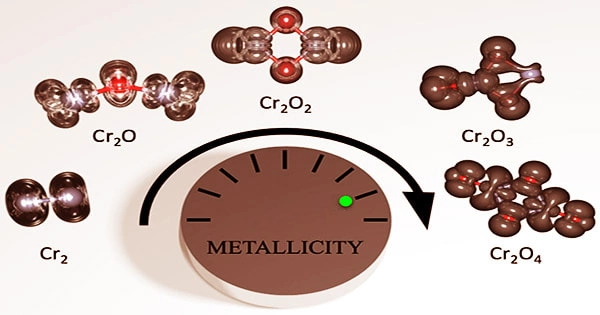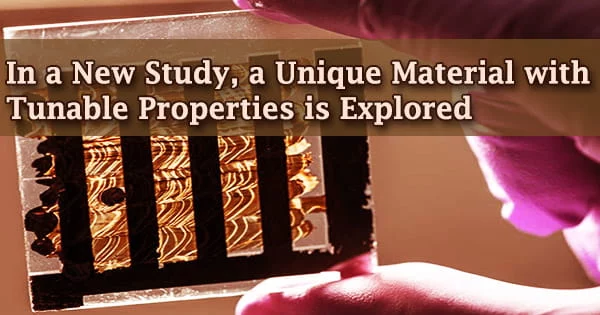You could still have a box of cassette or VHS tapes laying around if you’re old enough. These storage devices were popular in the 1970s and 1980s, but CDs and other digital media have since supplanted them.
Researchers are now reexamining chromium oxides, magnetic chemical compounds that were originally employed to coat the tapes’ surfaces.
Chromium oxides are known to have really exciting magnetic and electronic properties.
Sayres
Researchers from ASU’s Biodesign Center for Applied Structural Discovery and the School of Molecular Sciences combine mass spectroscopy and ultrafast laser pulses to probe chromium oxides in unprecedented depth in a new study.

“Chromium oxides are known to have really exciting magnetic and electronic properties,” says Sayres. “They’re a very unique material that’s poorly understood at the molecular level.”
One of the study’s surprise results is that adding oxygen atoms to chromium compounds changes their metallic characteristics, and these changes can be regulated extremely accurately.
The findings pave the way for a new breed of electronics to be developed at the atomic level, allowing for the creation of adjustable, molecular-sized components that might greatly boost processing and storage capacity in future devices.
The findings, published in the Journal of the American Chemical Society (JACS), describe the behavior of clusters of chromium oxide atoms that can be fine-tuned to change their electrical conductance, acting as wire-like conductors of electricity, semiconductors, or insulators depending on the number of oxygen atoms present.
These advancements are part of a larger trend in electronics known as spintronics. While traditional electronic devices manage the flow of electrical charge, spintronics makes use of electron spin, a quantum feature that might allow for significantly larger storage capacity and data transfer speed.
In the late 1990s, the fundamental concept was incorporated into the first consumer goods in the form of magnetic computer hard drives with hundreds of times the storage capacity of their predecessors.
Due to their high spin polarity, a measure of the range of conductance states that chromium clusters may take dependent on the amount of oxygen atoms, chromium oxides are particularly well suited for such applications (or oxidation state).
Chromium oxide, often known as a half-metal, is an inorganic compound made up of oxygen and chromium atoms that combine to create a crystal structure. The phrase “half-metal” refers to the fact that, depending on its electron configuration, its electrical characteristics can morph between high conductance metallic behavior and low conductance insulating behavior.
A femtosecond laser is utilized as a camera in the current work to watch the migration of excited state electrons, recording dynamic events on a femtosecond time scale, or a millionth of a billionth of a second. The delicate changes between insulating and metallic conducting characteristics were noticed as oxygen atoms were introduced to the chromium clusters.
“We’ve tried to take the smallest possible building blocks of chromium oxide and change them atom by atom,” Sayres says. The results show that the bulk properties of chromium oxide still exist down to an extremely small scale.
“This implies we can create novel devices with extremely modest quantities of material while maintaining the interesting electrical features that chromium oxides are known for.”
Chromium oxide-based spintronics may help pave the way for quantum computing, in addition to a new generation of conventional electrical gadgets.





